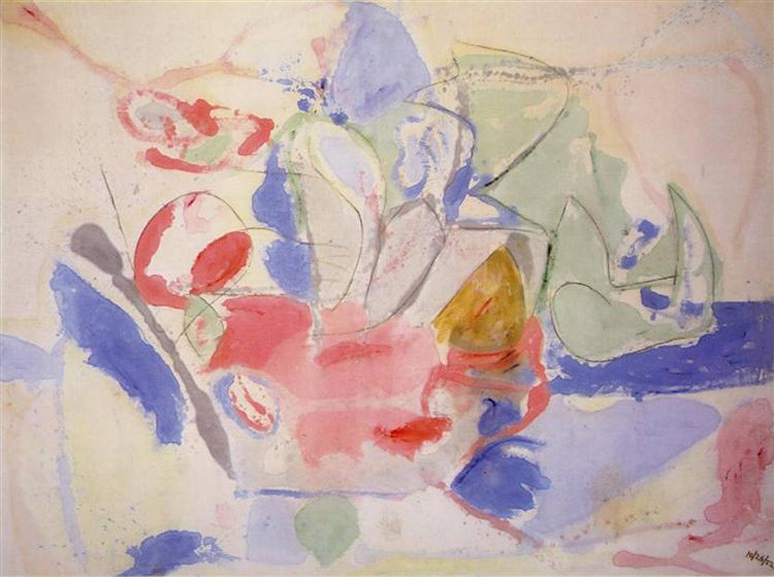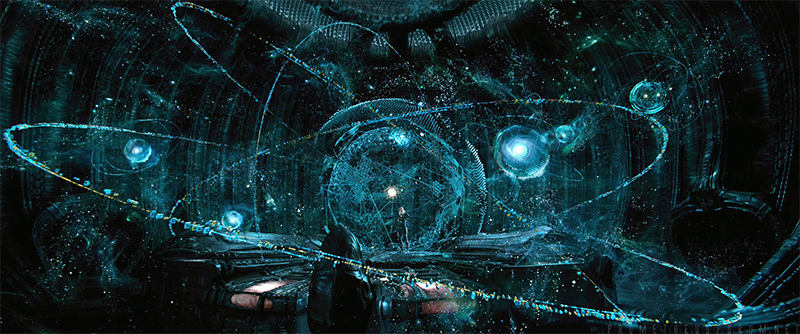A brave New Art World
part 1
The New York times recently ran an article about the radical impact smartphones have had on business and our personal lives in the eleven years since i-phones appeared on the market. They have basically altered how we understand the media, politics, and reality itself. We have arrived at a peak screen revolution. Unfortunately this has had a negative impact on the way art is displayed, resulting in a transition from gallery or museum viewing of actual paintings and sculptures to viewing them on electronic screens. But there is a natural disconnect between the art world and the tech world.
Imagine attempting to gain the full impact of the Helen Frankenthaler painting, Mountains and Sea, with the dimensions of 86 x 117 inches reduced to the size of a postage stamp on your smartphone as you are probably looking at it right now. Normally you would stand in front of this painting and it would be taller than you, filling your entire visual field. You would marvel at the delicate transitions of color, the subtle texture, and the way the paint has been absorbed into the weave of the canvas. It is this kind of nuance that often comprises the essence of a work of fine art but is easily stripped off on screen devices.

Mountains and Sea
Helen Frankenthaler
screens are vampires

In our densely populated world technology has captured most visual content. We spend three to four hours a day looking at our phones, and about 11 hours a day looking at screens of any kind. Just counting smartphones alone, in 2009, 170 million were sold world wide. The number of users is expected to pass the 2.7 billion mark by 2019. Sooo tempting to interface with the world through these devices. What will it mean for art?
and an Orwellian nightmare?
Our atmosphere is already completely sliced by trillions of electronic and magnetic pathways etching a kind of universal art we have all contributed to. Welcome to the cloud fed daily by most of the 7.6 billion people on the planet. One day in the future might we find ourselves on the other side of those screens swallowed up by binary and html code? Hmmm.

Now on the tech scene is the electronic frame that you can hang on your wall to display images of fine art. Note that we are talking about IMAGES of fine art, not actual fine art. The frames come with built-in light sensors to adjust each image to match the room’s lighting, and gesture controls that allow you to browse through your 'artwork' and learn about each piece with a wave of your hand. My sincere wish for you is to shun this kind of alluring gadgetry, go to the galleries and the artist's studios, take in the magnificence, wonder, and power of real art and spend your money on the genuine thing. There are reasons why we need to save original works of art. These are the cave paintings of the future. Incredibly, the Canada Council is now geared to stimulate the digital transformation of the art sector in Canada through the newly created Digital Strategy Fund which seeks to facilitate the understanding of the digital world and engagement with it in responding to the cultural and social changes it produces. Between 2017 and 2021, the Canada Council will invest $88.5M through this Fund. The money is primarily dedicated to making fine art digitally available through the development of new electronic devices. Oh Canada we stand on guard for thee...or at least some of us will.
See part 2 ...here
See more blog posts by Canadian artist Wendy Skog.
wendy skog abstract art studio copyright 2022 all rights reserved